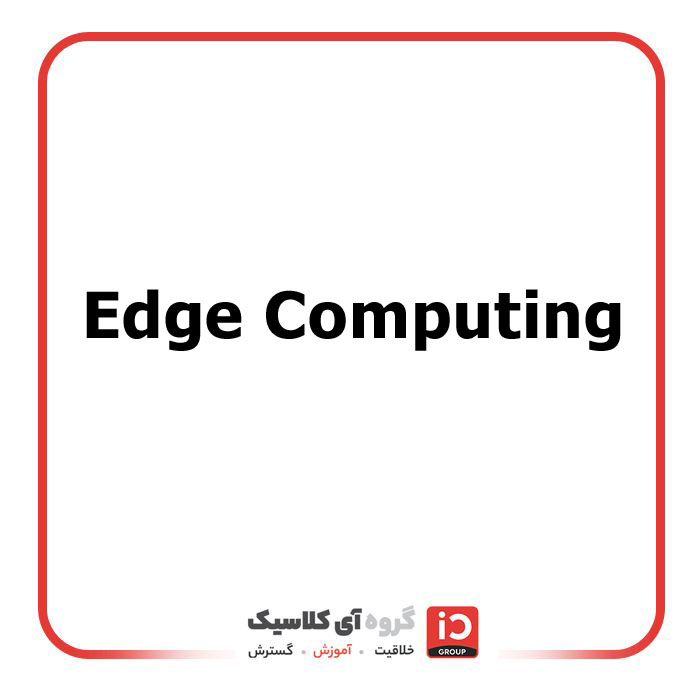What is Edge Computing and How Does It Impact Web Architecture?
Introduction
With the rapid growth of the Internet of Things (IoT) and the increasing volume of data, the need for faster and more efficient processing has become more critical than ever. Edge Computing is an innovative approach that processes data closer to its source, reducing latency, improving processing speed, and optimizing network resources. This technology significantly impacts web architecture and how users interact with online services.
What is Edge Computing?
In the traditional Cloud Computing model, data is sent to centralized servers in large data centers for processing and storage. However, in Edge Computing, data processing is moved to the network edge (Edge), which is the closest location to the user or the device generating the data.
This means that instead of sending all data to a central server, initial processing is done on edge devices such as routers, gateways, local servers, or even IoT devices. This model reduces network congestion and enhances system efficiency.
Impact of Edge Computing on Web Architecture
Edge computing introduces major changes to the structure and performance of websites and web-based applications. The key impacts include:
1. Reduced Latency and Faster Processing
In traditional web architecture, user requests are typically processed in cloud data centers that may be hundreds or thousands of kilometers away. This distance increases page load times and application response delays. With Edge Computing, data is processed closer to the user, significantly reducing response times and enhancing user experience.
2. Improved Efficiency and Lower Bandwidth Consumption
By processing data at the network edge, the amount of data sent to cloud servers decreases. This leads to lower bandwidth consumption, optimized server costs, and reduced network congestion.
3. Enhanced Scalability and Web Traffic Management
For websites and applications with a high number of users, centralized servers can experience excessive load. By distributing processing tasks across multiple edge locations, the workload is balanced, resulting in a more scalable and stable web architecture.
4. Better Security and Data Privacy
Sending large volumes of sensitive data to cloud servers increases cybersecurity risks. With edge computing, data is processed locally, and only essential information is transmitted to central servers. This enhances security, reduces the risk of cyberattacks, and ensures better privacy protection for users.
Conclusion
Edge Computing is revolutionizing web architecture by reducing latency, increasing speed, improving efficiency, scalability, and security. With the rise of IoT, 5G, and artificial intelligence, edge computing will play an increasingly crucial role in the future of web development.
If you’re looking for an optimized infrastructure for your website or online business, the iClassic team is here to help!



